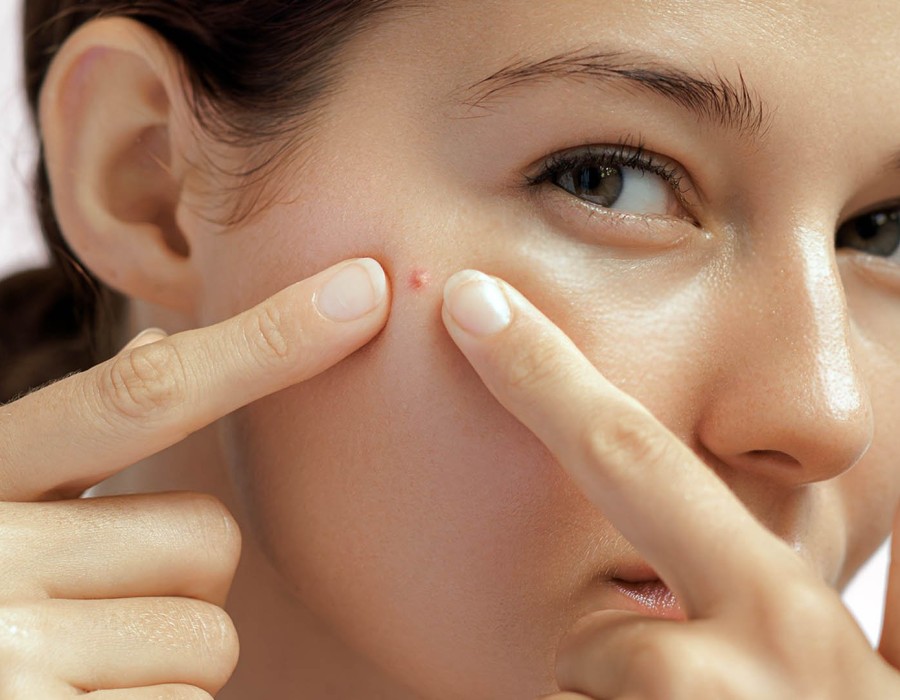Acne isn't just a teenage concern. For many adults, breakouts can appear well into their 30s, 40s, and beyond. Adult acne, although similar in appearance to teenage acne, often has different underlying causes and may require a different treatment approach. That’s why understanding whether a professional is needed becomes crucial. In fact, if you’ve been considering treatment, a Dermatologist Silicon Oasis can help diagnose persistent acne, especially when over-the-counter products don’t seem to work.
Understanding Adult Acne
Many adults are surprised when they begin experiencing acne after adolescence, or if it never really went away. The causes of adult acne can be multifactorial, including:
- Hormonal fluctuations: These are especially common in women due to menstrual cycles, pregnancy, menopause, or discontinuation of birth control.
- Stress: Elevated stress increases cortisol levels, which can lead to inflammation and oil production.
- Skincare and cosmetics: Using comedogenic (pore-clogging) products can trigger breakouts.
- Diet: High-glycemic foods and dairy may contribute to breakouts in some people.
- Genetics: If acne runs in the family, you're more likely to deal with it into adulthood.
How Is Adult Acne Different from Teenage Acne?
Teenage acne typically presents on the forehead and cheeks due to excess oil production. Adult acne, however, is usually located on the lower half of the face, such as the jawline, chin, and neck. It tends to be more inflammatory and may include deep cysts that are painful and take longer to heal.
When Should You See a Dermatologist for Adult Acne?
Some acne can be managed at home, but if you experience any of the following, seeing a dermatologist becomes essential:
- Persistent acne despite using OTC products for several weeks or months
- Deep, cystic, or painful acne
- Scarring or dark spots after acne heals
- Sudden onset of acne in adulthood
- Emotional distress or lowered self-confidence due to breakouts
Common Treatment Options for Adult Acne
Dermatologists use a combination of topical, oral, and procedural treatments depending on the severity and type of acne. Let’s break down what you can expect.
In some cases, dermatologists may recommend procedures to treat acne or minimize scarring:
- Chemical Peels: Use exfoliating acids to clear clogged pores and improve skin texture
- Laser and Light Therapy: Targets bacteria and reduces inflammation
- Corticosteroid Injections: Reduce inflammation in large, painful cysts
- Microneedling or Microdermabrasion: Improve skin turnover and treat post-acne scarring
Final Thoughts
While adult acne can be frustrating and emotionally taxing, it is treatable—especially with the guidance of a skincare professional. If your breakouts are persistent, painful, or affecting your confidence, it’s time to stop guessing and seek expert help. A dermatologist can pinpoint the cause of your acne and offer treatments that deliver real, lasting results.






Comments